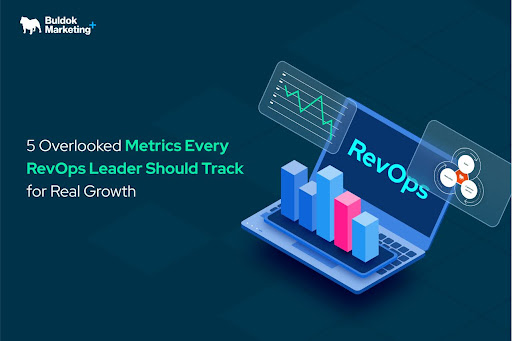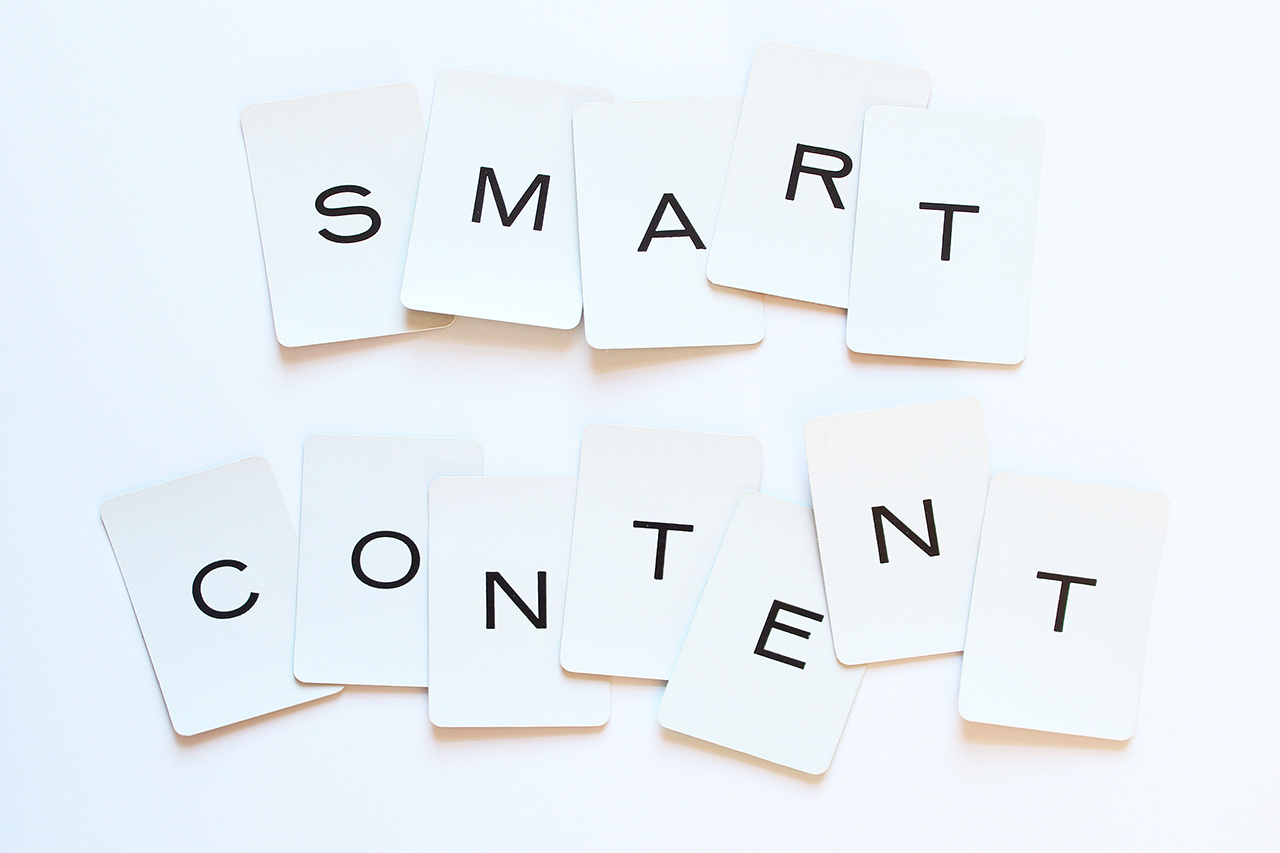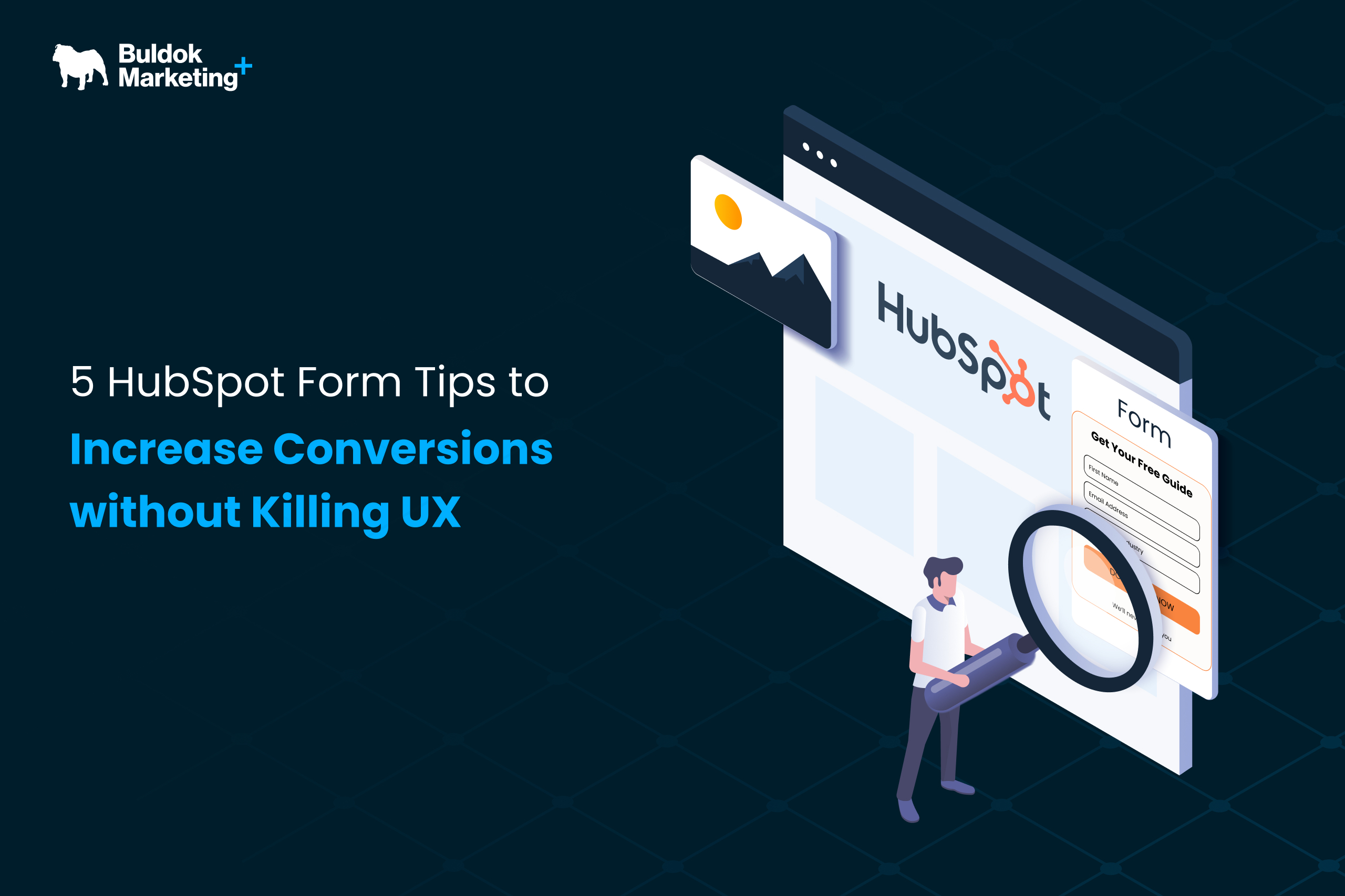Overview
You spend hours building case studies that show the results, glowing client testimonials, and clear ROI. And with all these efforts, you even get readers for your success stories, but what's next after they finish reading one? In most cases, the visitor closes the tab and navigates away, even if they were impressed.
That’s a missed opportunity. What if you greeted them with a simple, relevant question: “Want results like this?” In this blog, we share an experiment by adding a chatbot to the case studies page to turn passive readers into active prospects.
Why Can Chatbots Work Better Than CTA?
Traditional CTAs like Contact Us, Get in Touch, etc., have their place. But on high-intent pages like case studies, they often fall flat. The reason is simple - they’re static and depend on the visitor taking initiative, even when they’re just mildly interested.
But a chatbot is a nudge.
Instead of sitting somewhere in the case study page, a chatbot appears in real-time, offering a human-like interaction exactly when the visitor is most engaged, i.e., right after they have read a customer success story.
Psychologically, your visitors are in a powerful state where they are picturing their team getting similar ROI mentioned in the case study; that’s when the chatbot asks: “Want results like this?” That’s more personal than a mere button and more inviting than a form.
It taps into a micro-yes psychology, inviting readers into a low-friction next step where they are asked if they want to have the same or better results.
In short:
CTAs make them wait, but chatbots engage with them and provide a high chance of conversion as they pop up when curiosity is at its peak.
Why Do Most Case Studies Don’t Convert?
Case studies are one of the highest-intent content types on any B2B website. Visitors reading them are often evaluating your solutions, comparing vendors, or validating results before reaching out to sales. In other words, the leads are warm.
But most case studies are dead ends. They consist of everything: a success story, challenges, solutions, results, and then nothing about what to do next. At best, there’s a generic CTA at the bottom of the page. At worst, there’s no prompt at all. No next step, no invitation to engage.
This generates a missed opportunity in lead generation and disrupts the momentum of the buyer's journey. When someone is impressed by your results, it’s the ideal time to ask a simple question: “Want to see how this could work for you?”
That’s where a contextual chatbot can change the dynamic. Instead of relying on the visitor to take action, the chatbot offers it politely, helpfully, and at the right moment.
The Experiment that Might Work
At Buldok Marketing, we wanted to experiment with a simple idea- What happens if you place a chatbot on your case studies page that proactively asks, “Want results like this?”
Our hypothesis was clear. By placing an interactive and conversational prompt at the moment the reader is most engaged, it increases the likelihood of them entering the sales funnel.
We didn’t want to replace CTAs but wanted to complement them with a more dynamic and personalized touchpoint, one that shows up only when it makes sense.
So, we decided to run this experiment using a HubSpot chatbot deployed via targeted page rules and behavioral triggers and measured its performance against standard CTA engagement on the same page.
Let’s move forward and explore a structured breakdown of a chatbot on the case study page, and what we did next.
Here’s How We Did it Using HubSpot

Since we run our experiments inside the HubSpot ecosystem, we used HubSpot's Conversations and Chatflows tools to build and deploy this test. The best part? It took less than an hour from idea to live chatbot, no developers needed. Here are the steps for easy setup:
1. Picked the Right Case Study PageWe started with a high-traffic success story that already had great content, but zero interaction. It was the perfect testing ground to convert passive readers into active leads.
2.Built a Smart Chatflow in HubSpotUsing HubSpot’s visual chatbot builder, we created a simple chatflow with a friendly prompt:
“Want results like this for your business? Let’s chat.”
We kept it conversational, not salesy. The goal was to sound like a real person dropping in at just the right moment.
3. Set TriggersWith HubSpot’s targeting tools, we made the bot appear only when someone:
- Scrolled 50% down the page
- Spent more than 15 seconds on it
- Was on a “case-study” URL path
The chatbot opens with a contextual message:
“Looking for results like these? Let’s talk about how we can help.”
From there, the visitor can choose from a few clear options:
- “Yes, let’s talk”
- “Show me similar case studies”
- “I have questions”
- “Not right now”
HubSpot allows smart content and contact recognition. So, if the visitor was a known contact, we customized the message with their first name or company.
6.Connected the Chat to CRM & CalendarLeads from the chatbot automatically sync with HubSpot CRM. Depending on the visitor’s response, they could:
- Continue chatting with a live rep via HubSpot Inbox
- Book a meeting via the HubSpot Meetings tool
- Or submit their info for a follow-up later
By this, we kept the experience light, conversational, and respectful, and tried not to get too salesy.
Designing the Chatbot for Improved User Experience
.jpg?width=694&height=432&name=Designing%20the%20Chatbot%20for%20Improved%20User%20Experience%20(1).jpg)
The success of this experiment primarily hinged on how it engaged visitors. A well-designed chatbot feels like a helpful assistant that shows up just when you need it the most, instead of looking intrusive, robotic & popping up anytime.
Here’s how we approached the design:
1# Kept it as short as possible
Instead of launching into a long sales pitch, the bot led with a single, curiosity-driven message:
“Want results like this for your business?”
That simple question worked because it echoed what the reader was already thinking after reading the case study.
2# Made It Easy to Respond
Other than the three options mentioned above, we also tested other responses and tried to make the experience feel personalized without overcomplicating the bot:
“Tell me more about your services”
“I want to talk to someone”
“Just browsing”
3# Aligned it with the Brand
We made sure the bot’s color scheme, voice, and interaction style matched the brand's website and overall tone.
4# Added a Natural Exit
The bot didn’t auto-open or cover any part of the content. It appeared as a small, subtle prompt in the corner after a brief delay. Visitors could easily ignore or dismiss it without being interrupted.
What You Can Measure from the Chatbot
To evaluate whether this experiment adds value beyond a traditional CTA, we focused on a set of clear, conversion-oriented metrics. Fortunately, with HubSpot, tracking these metrics is straightforward and can be viewed in context with the rest of your funnel activity.
1. Chat Initiation RateHow many visitors actually engage with the bot? This helps determine whether the chatbot is capturing attention at the right moment.
2. Drop-off Points
HubSpot's chat analytics showed where people exited the conversation. This helped us spot friction points like asking for too much info too early and streamline the chatflow.
3. Click-throughs on Button Options
HubSpot tracks how many people clicked each response in the chatflow. We compared the effectiveness of different message variations (e.g., “Want results like this?” vs. “Let’s talk about your growth goals”) and refined based on what got the most clicks.
4. Lead Capture
How many new contacts did the chatbot generate, either through form submission or meeting requests? These are directly attributable conversions that CTAs often miss.
5. Qualified Lead Volume
If your bot includes lead qualification questions (e.g., company size, timeline), you can track how many of the captured leads meet your criteria for MQLs or SQLs.
6. Time to First Response
For leads routed to live chat or sales reps, we tracked how quickly someone responded. Faster response times correlated with better lead quality and follow-through.
Should You Try This on Your Site?
If your case studies are getting traffic but not generating leads, adding a planned and well-built HubSpot chatbot is a low-effort, high-impact experiment worth trying.
You don’t need to redesign your site or rewrite your content. You just need to meet your prospects where they’re already paying attention with a relevant touchpoint that feels like help, not a hard sell.
Here’s why it’s worth testing:
It’s fast to set up: With HubSpot’s chatflows, you can build and launch a contextual bot in under 30 minutes
It leverages existing content: You’re not creating anything new, you’re making your best content work harder.
It captures mid-funnel intent: Case study readers are past the awareness stage. They’re evaluating. This is your shot to pull them into a conversation.
It’s measurable and reversible: If it doesn’t work for your audience, turn it off. No harm done.
And if it does work? You’ve just unlocked a more innovative way to turn passive readers into pipeline.
Want help setting this up on your HubSpot site?
At Buldok Marketing, we help B2B companies experiment smarter, whether it’s activating chatbots or building full-funnel HubSpot strategies. Get in touch to test it with us.




